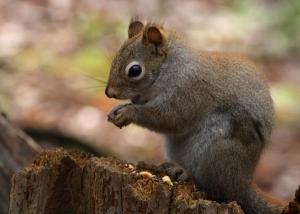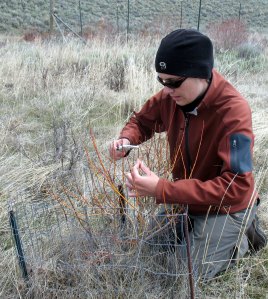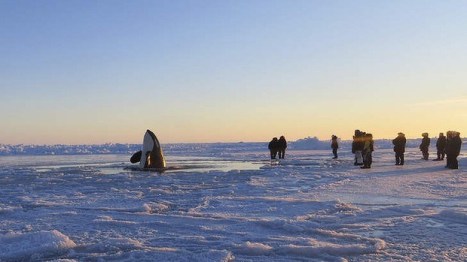
An urban squirrel feasting on its bird feeder treasures.
By Jerod A. Merkle
Human dominated landscapes can provide a food haven for certain species. Think squirrels and pigeons, animals many of us see almost every day. These species have adapted so well to human infrastructure and its seemingly endless bounty, that they can live their entire lives within cities with millions of people.
Of course, there are other species that also capitalize on foods available in urban areas. But they do so with much less visibility. In fact, they spend much of their time in more natural areas, only venturing into urban areas to feed. In this case, think of animals such as raccoons, coyotes, and bears. Although the act of moving from wildlands into urban areas is for the most part driven by food, our understanding of how animals make these decisions is still not complete. Understanding how and why these behaviors develop can help direct efforts to minimize human-wildlife conflicts.




You must be logged in to post a comment.